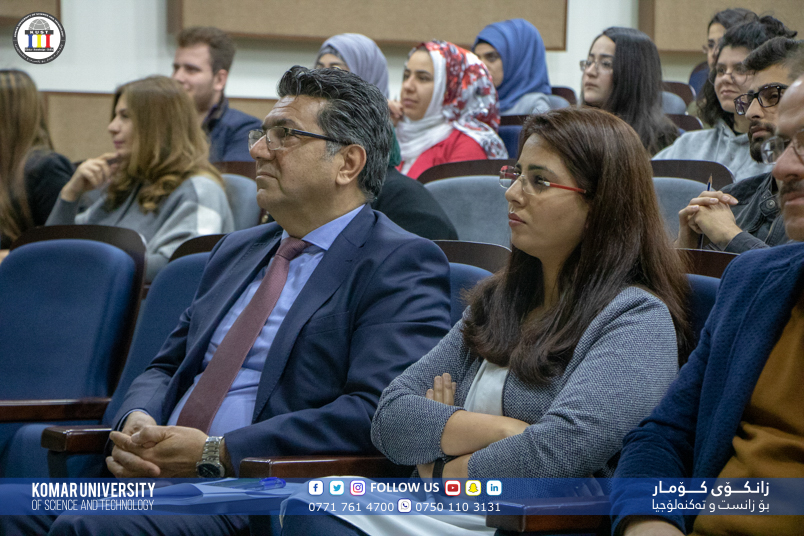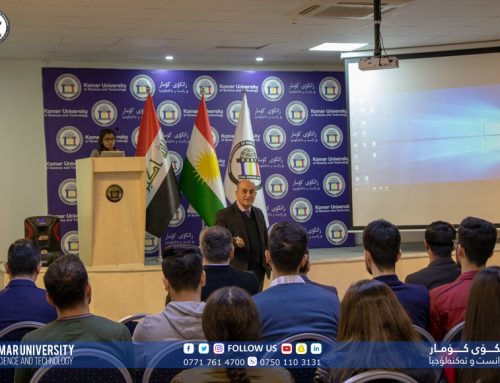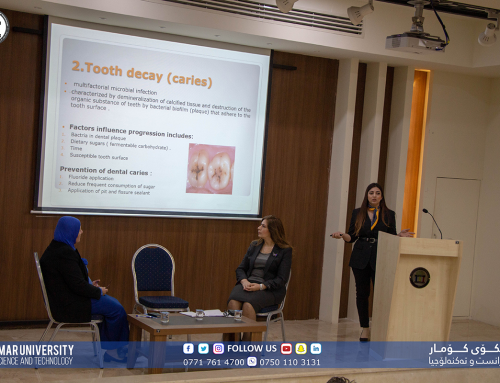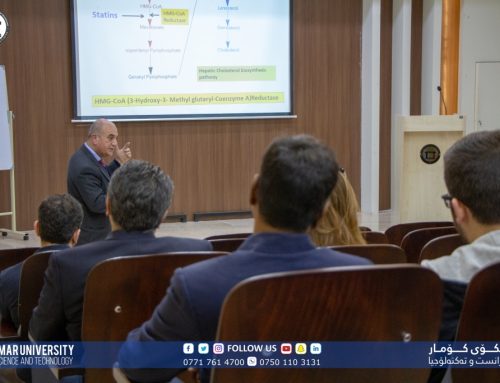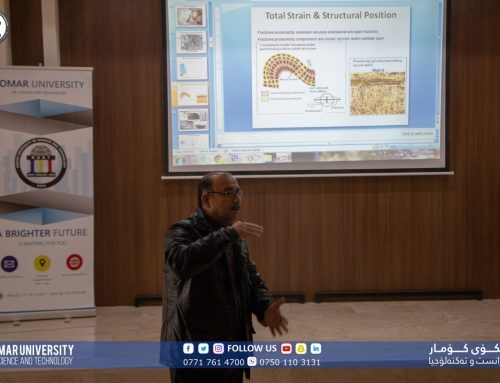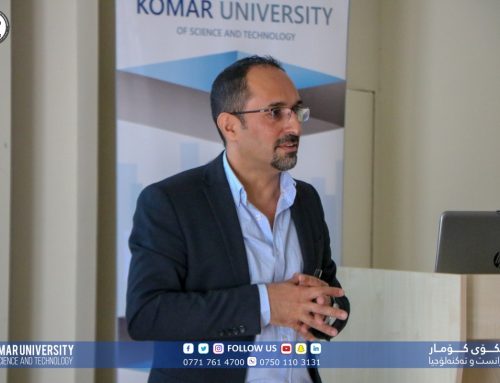Dentistry Department and KRC organized a symposium entitled Smoking and Dental Implant which was conducted at KUST on Monday, April 22nd. In this symposium three speeches were presented where each one was followed by a question-and-answer session.The first Speech entitled What is so cool about smoking was presented by Dr Mariam Ghanbariha, one of the faculty members of Dentistry Department, and she explained that although cool, glamorous and fun had been the lore of cigarette advertising for decades but the truth is tobacco smoking is the largest preventable risk factor for illness in developed countries; smoking accounts for approximately 20% of deaths. She discussed that it is a mistake to think that using nicotine in a form that doesn’t involve cigarettes is harmless. Products like smokeless tobacco and electronic cigarettes may be considered less harmful when compared to cigarette smoking, but they carry considerable health hazards as well. Furthermore, she explained that continued efforts are necessary to reduce the social acceptability of tobacco product use and protect bystanders from all tobacco product emissions. Increased awareness of the adverse, lifetime consequences of tobacco smoking may facilitate the development of community health interventions to robust public health policy.During the second speech, entitled Dental implants, Dr Yad Zangana, another faculty member of Dentistry Department, has extensively discussed the history and the state-of-the-art of dental implants. He explained several old and modern techniques and methods, and in addition he clarified what the major challenges regarding these methods from different prospects are.Assist Prof Dr Faraedon M Zardawi, faculty member of Department of Periodontics of University of Sulaimani, presented the third speech, entitled Negative influences of smoking on the survival rate of dental implant. He explained that dental implants have become a safe and effective therapeutic option for replacing missing teeth in partially and fully edentulous patients with 90% survival rate of various clinical situations. Rate of success and failure varied according to level of risk factors, smoking is a prevalent behavior in the population that influences general as well as oral health of an individual. He emphasized that it is considered a detrimental risk factor for implantation. The failure rate of implant osseointegration is considerably higher among smokers, furthermore, maintenance of oral hygiene around the implants and the risk of peri-implantitis and marginal bone loss are adversely affected by smoking. It was discussed that the negative effect of smoking is due to cytotoxicity and/or vasoconstriction effect of (nicotine, carbon monoxide, and hydrogen cyanide) tobacco constituents to the cells involved in wound healing and compromised polymorphonuclear leukocyte function. He explained that a recommended protocol to increase implant survival among smokers is proposed based on cessation of smoking at least 1 week prior to surgery and continuing to avoid tobacco for at least 2 months after implant placement by which time bone healing would have progressed to the osteoblastic phase and early osseointegration would have been established. In high-risk situation, dentist should decide whether or not commence implantation, but once the decision made to go ahead, the patient’s informed consent is necessary before starting treatment.At the end of the symposium, Prof Dr Salahaddin Saeed, the president of KUST, presented an appreciation certificate to Assist Prof Dr Faraedon M Zardawi for his cooperation and participation on the symposium.






